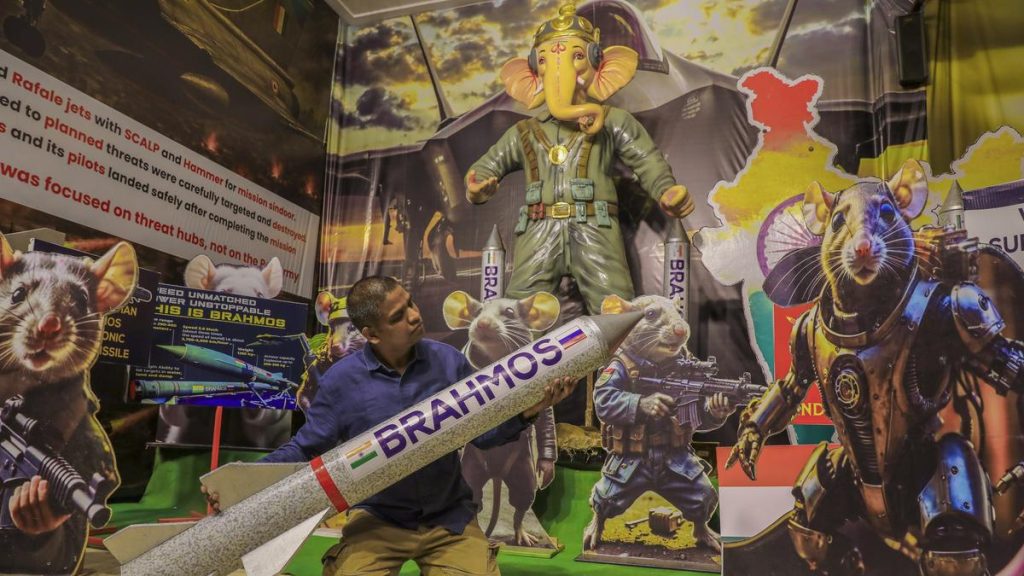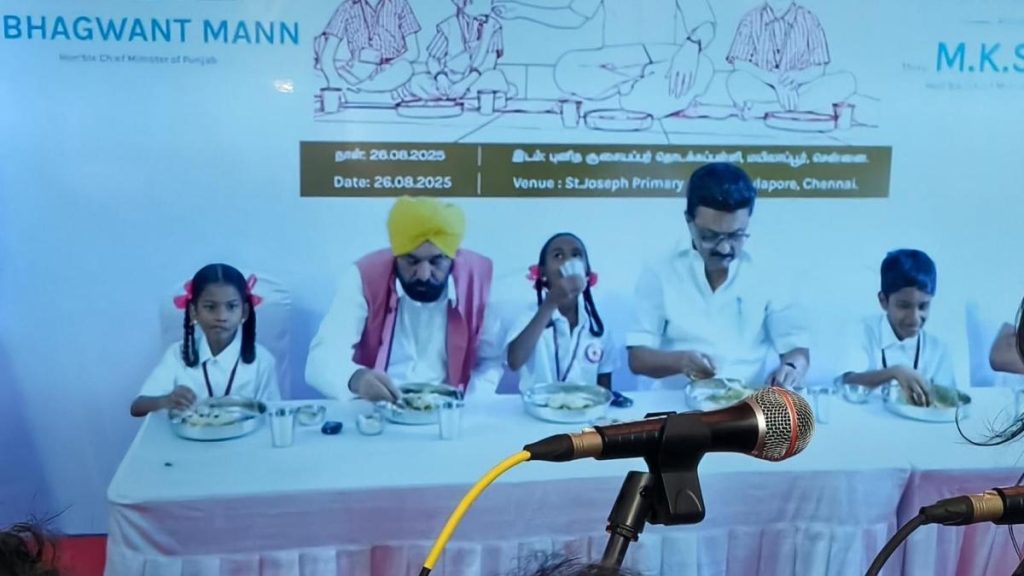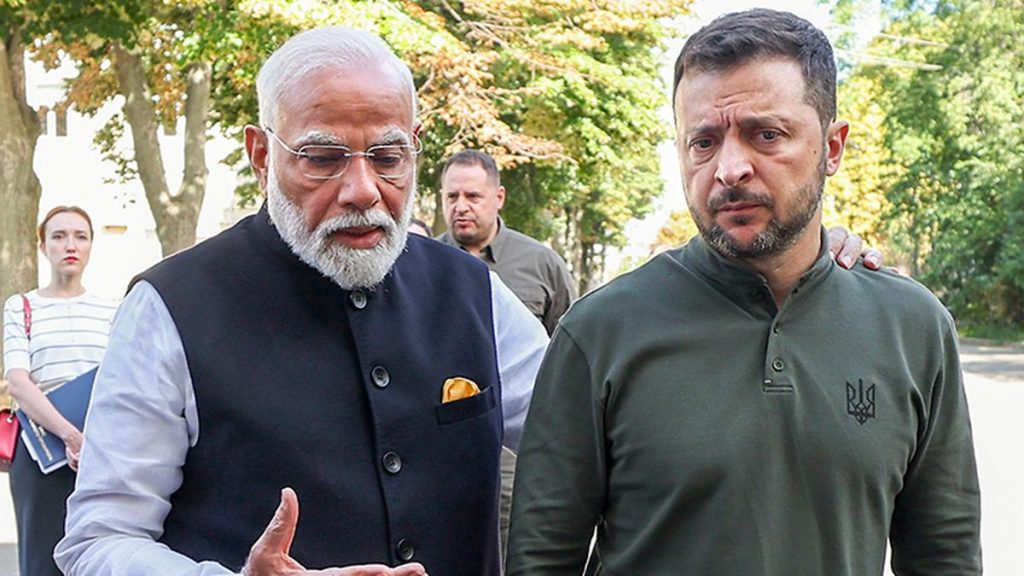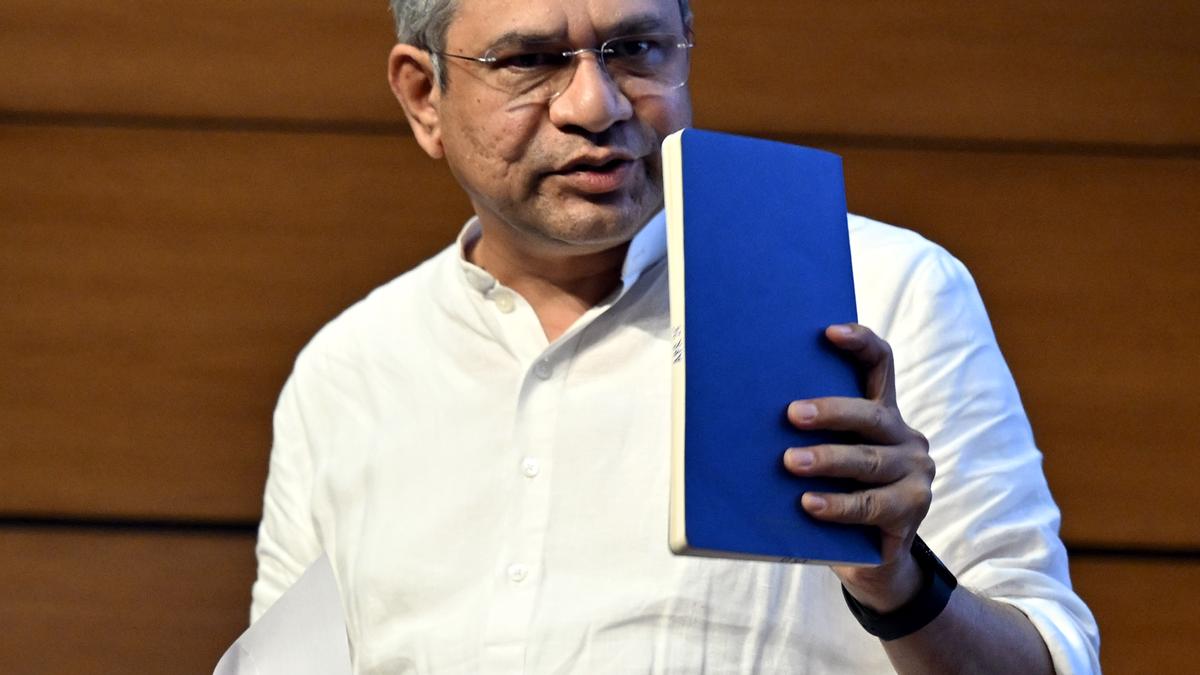Now Reading: Malayalam Film Sparks Classroom Seating Reform in Kerala
-
01
Malayalam Film Sparks Classroom Seating Reform in Kerala
Malayalam Film Sparks Classroom Seating Reform in Kerala
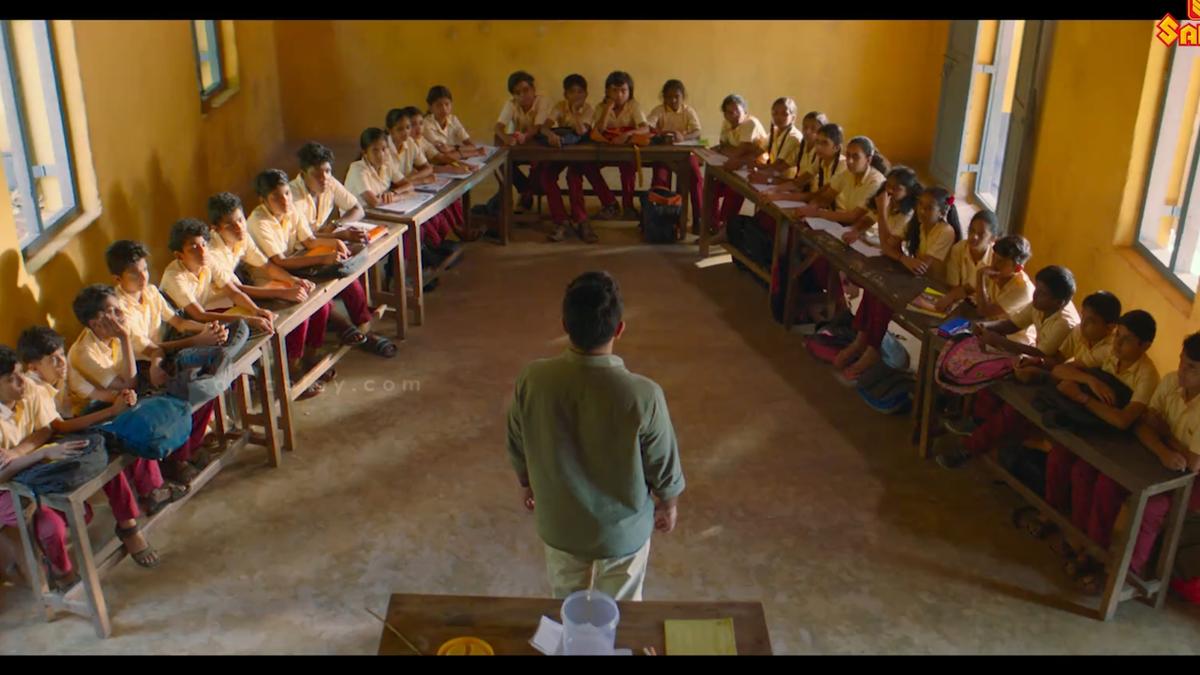
Speedy summary
- Film Inspiration: The Malayalam film sthanarthi Sreekuttan depicts a unique semi-circular classroom seating arrangement, which several schools in Kerala have adopted.
- Schools Implementing Change: At least six schools have introduced this layout, including RVV HSS (Valakom), Pappinisseri West LP School (Kannur), Andoor ALP School (Kannur), RCC LPS East Mangad (thrissur), GHSS Tholanur (Palakkad), and NSV VHSS Valacode (Kollam).
- Purpose of the Arrangement: The semi-circular seating intends to provide equal attention from teachers to all students, moving away from a system that traditionally stratified “frontbenchers” and “backbenchers.”
- Historical Context: Flexible seating arrangements were suggested as early as 1994 under India’s District Primary Education Programme but hadn’t gained widespread implementation.
- filmmaker’s Background: Director Vinesh Viswanath based aspects of the story on his own school experiences; he also directed short films and documentaries before his debut feature film.
- Challenges in Film Release: Despite good reviews, Sthanarthi Sreekuttan faced difficulties due to delays, minimal theater screening time, and a seven-month gap before OTT streaming on Saina Play.
- Benefits Reported by Schools: Teachers note increased spaciousness and equitable teacher-student interaction. Certain adjustments were made for classrooms with larger capacities.
- criticisms & Observations: Not everyone is thrilled-some former backbenchers express discontent at losing anonymity during lessons.
indian Opinion Analysis
The adoption of semi-circular classroom layouts inspired by Sthanarthi Sreekuttan highlights how the arts can influence societal practices. while the idea isn’t novel-it was proposed under India’s DPEP program decades ago-the film revitalized interest by packaging it within an emotional narrative accessible to teachers and children alike. This structural change has pragmatic benefits such as equitable learning environments but may face scalability issues in larger classrooms or regions with higher student-teacher ratios.
The initiative suggests that pedagogical tools evolve not just from policy but frequently enough through cultural catalysts like cinema. Though, its broader applicability will require infrastructural planning tailored to diverse student populations across India-especially rural areas where space constraints prevail. The emergence of criticisms among students underscores subtle challenges in breaking entrenched norms tied to identity within classroom dynamics.
Read more at The Hindu.


